A Highland Song
by inkle Ltd, inkle Ltd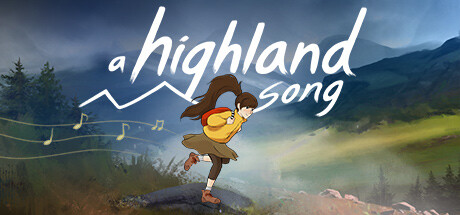
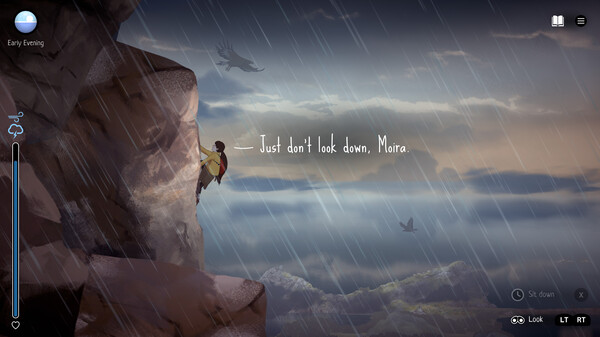
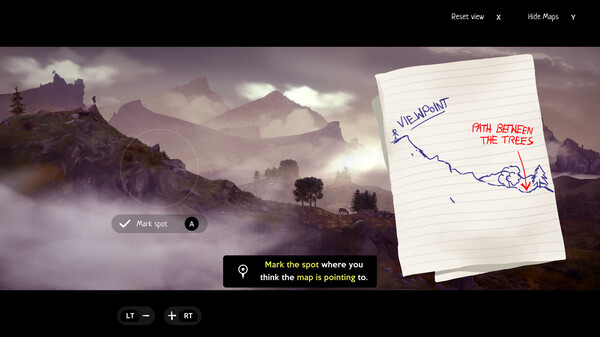
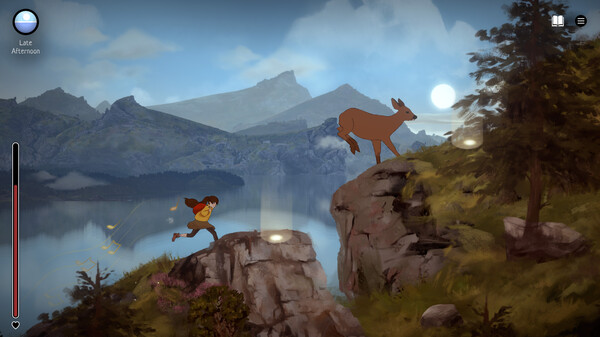
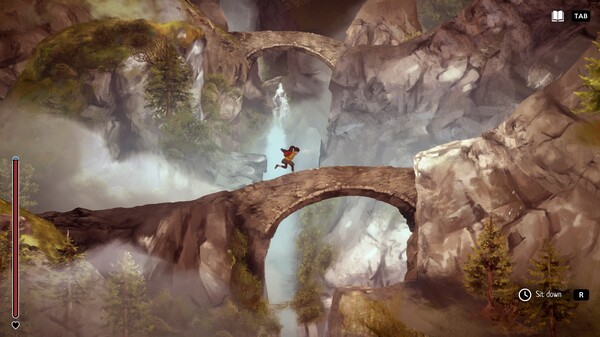
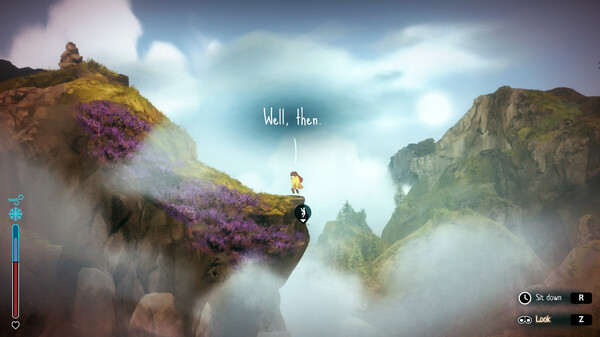
The Developer Says...
Moira McKinnon is running away. A wild adventure through the Scottish Highlands, with open platforming and dynamic storytelling, maps and music. From the creators of Heaven's Vault and 80 Days.
Keywords
Players Like...
❤ Exploration and Navigation
Players take on the role of Moira, who must traverse the Scottish Highlands to reach her uncle's lighthouse by the time of the Beltane festival. The game's 2D platforming mechanics simulate the feeling of climbing and scaling a three-dimensional environment. To progress, players must carefully time their jumps, maintain balance on rocky outcroppings, and manage Moira's stamina to avoid falling and sustaining damage. Players collect map fragments along the way, which they can use to discover faster routes and uncover hidden secrets within the mountainous terrain. Reviewers praise this mixture of exploration, platforming, and environmental navigation as a unique and engaging gameplay loop.
❤ Rhythm-Based Traversal
Interspersed throughout the exploration are rhythm-based "rhythm runs" where players must navigate Moira through valleys and over obstacles in time with the game's Celtic-inspired music. These sections challenge players to maintain the correct rhythm and timing by tapping on-screen prompts in sync with the beat. Reviewers widely praise these rhythm runs as a refreshing change of pace that seamlessly blends with the game's atmosphere and theme. The music, composed by Laurence Chapman alongside the Scottish folk bands TALISK and Fourth Moon, is described as beautiful and energetic, further enhancing the sense of flow and momentum.
❤ Accessibility and Options
The game offers a variety of accessibility and customization options to cater to different player preferences and needs. These include adjustable dialogue reading speed, alternative gamepad controls, full keyboard remapping, easier music rhythms, single jump button, and reduced fall damage. These options allow players to tailor the experience to their comfort level, whether they want a more relaxed exploration or a more challenging platforming experience.
❤ Replayability and Progression
A key aspect of the game's design is the emphasis on replayability. Each playthrough is meant to be unique, with multiple paths, hidden items, and narrative branches for players to uncover. As players progress through the game, they retain their previous discoveries and items, encouraging them to approach subsequent runs with new knowledge and strategies. Reviewers cite this sense of progression and the desire to fully explore the Highlands' secrets as strong motivators to replay the game multiple times, allowing them to craft their own personal narrative through the nonlinear structure and open-ended nature of the journey.

